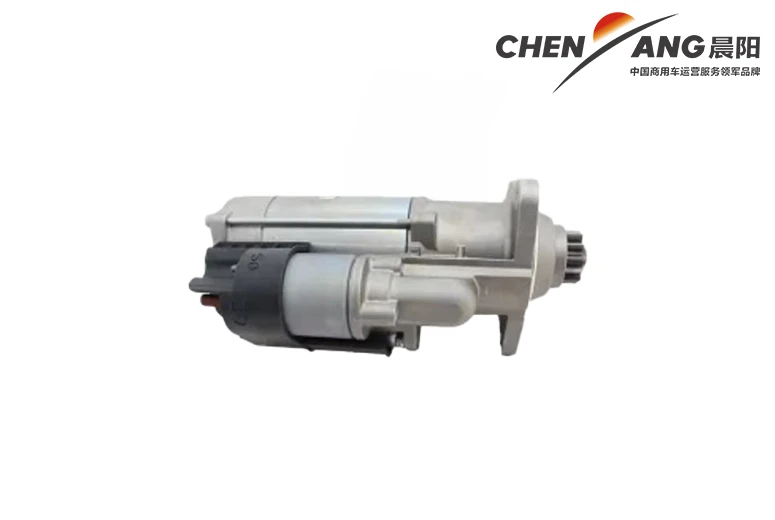Understanding Brake and Transmission Systems for Enhanced Vehicle Performance and Safety
Understanding Brake and Transmission Systems in Vehicles
In the world of automotive engineering, the brake and transmission systems are two of the most critical components that contribute to the overall performance and safety of a vehicle. Both systems are integral to how a vehicle operates, and understanding their function can greatly enhance one’s appreciation of automotive design and technology.
Brake System The Lifeline of Safety
The brake system is fundamentally designed to slow down or stop a vehicle. It comprises various components, including brake pads, rotors, calipers, and hydraulic lines. The most common types of braking systems are disc brakes and drum brakes. Disc brakes consist of a rotor that spins with the wheel and is clamped by brake pads when the driver presses the brake pedal. This process creates friction, thus slowing down the wheel. Drum brakes, on the other hand, use a set of brake shoes that expand against the inner surface of a rotating drum to create the necessary stopping power.
Modern vehicles predominantly use disc brakes due to their superior performance in heat dissipation and their effectiveness in wet conditions. The hydraulic brake system is a marvel of engineering; when the brake pedal is pressed, hydraulic fluid is forced through lines to the brake calipers, applying pressure to the brake pads, which grip the rotors, slowing the vehicle down. Anti-lock braking systems (ABS) further enhance safety by preventing wheel lock-up during sudden braking, allowing drivers to maintain steering control.
Regular maintenance of the brake system is essential for safety. Worn brake pads can lead to decreased stopping efficiency, while old brake fluid can absorb moisture, reducing the hydraulic system's effectiveness. Drivers should routinely check their brakes and replace worn components to ensure reliable performance.
Transmission System Power Transfer Dynamics
While the brake system is crucial for safety, the transmission system is essential for the operation of the vehicle. It is responsible for transferring power from the engine to the wheels, allowing the vehicle to move. There are primarily two types of transmission systems manual and automatic.
brake and transmission

In a manual transmission, the driver has direct control over gear selection through a clutch and gear shifter. This gives more engagement and control to the driver but requires a certain level of skill and understanding of engine dynamics. On the other hand, automatic transmissions shift gears on behalf of the driver, providing a more convenient driving experience. They utilize a complex system of gears, torque converters, and actuators to adapt to the vehicle's speed and engine load.
The efficiency of the transmission directly impacts fuel consumption and vehicle performance. Modern automatic transmissions, particularly those with continuously variable transmissions (CVTs), have been engineered to optimize both by allowing for a seamless transition through an infinite number of effective gear ratios. This efficiency leads to better fuel economy, which is increasingly important in today’s environmentally conscious market.
Synergy Between Brake and Transmission Systems
The interplay between the brake and transmission systems is vital for vehicle control and efficiency. For instance, using engine braking—downshifting to a lower gear while braking—can enhance stopping power and reduce wear on the brake components. In scenarios such as driving downhill, engaging lower gears can help slow the vehicle down without solely relying on brakes, thus minimizing brake fade—a reduction in braking effectiveness due to heat build-up.
Moreover, advanced driving systems, such as traction control and stability management, rely on both systems to enhance vehicle stability and control. These systems can apply brakes to individual wheels while adjusting engine power, illustrating the intricate relationship between braking and power transmission.
Conclusion
In summary, the brake and transmission systems are the backbone of vehicle functionality, each serving a specific purpose while relying on one another for optimal performance. By maintaining these systems and understanding their roles, drivers can ensure a safer and more efficient driving experience. As automotive technology continues to evolve, innovations in braking and transmission systems will remain adept at meeting the demands of modern driving, paving the way for a safer and more efficient automotive future.
-
2BFY Traction Series Grain Fertilizer Seeder - Chenyang Group | Seeding & FertilizingNewsJul.29,2025
-
2BFY Traction Series Grain Fertilizer Seeder-Chenyang Group|Seeding Fertilizing,Hydraulic ControlNewsJul.29,2025
-
2BFY Traction Series Grain Fertilizer Seeder-Chenyang Group|Integrated Seeding&FertilizingNewsJul.29,2025
-
Weichai WP12 Generator Alternator Assembly for High Efficiency PowerNewsJul.29,2025
-
2BFY Traction Series Grain Fertilizer Seeder-Chenyang Group|Integrated Seeding&FertilizingNewsJul.29,2025
-
Weichai Engine Oil Filter – High Efficiency, Durable, OEM QualityNewsJul.29,2025
Popular products

























